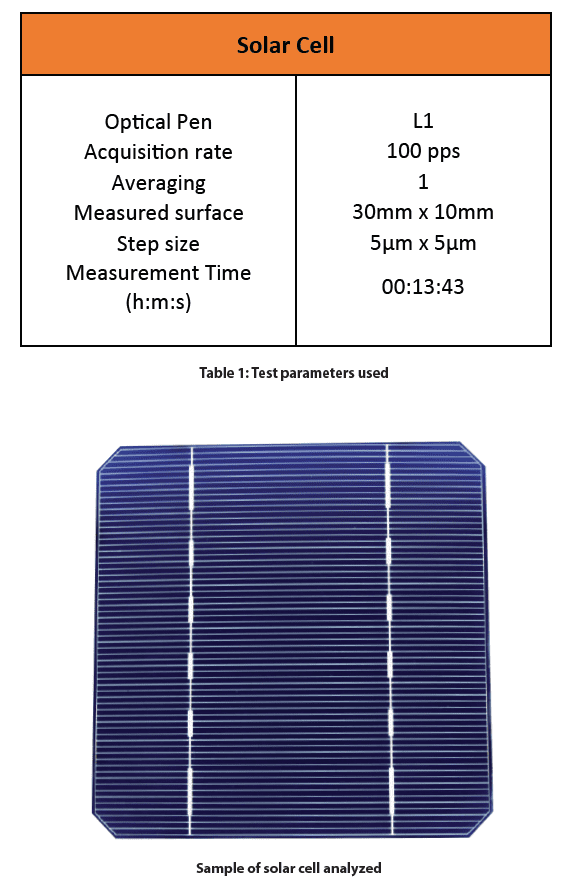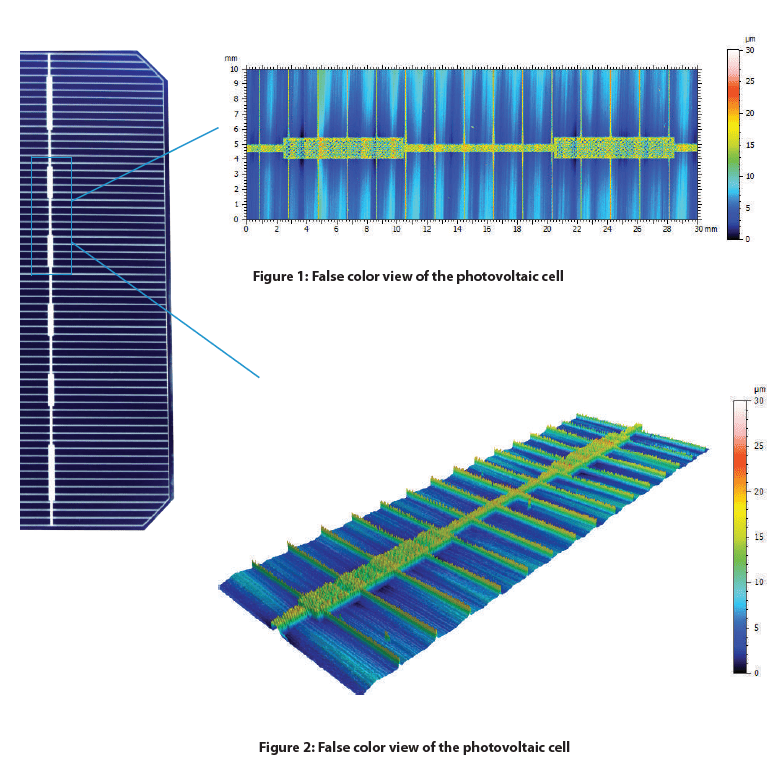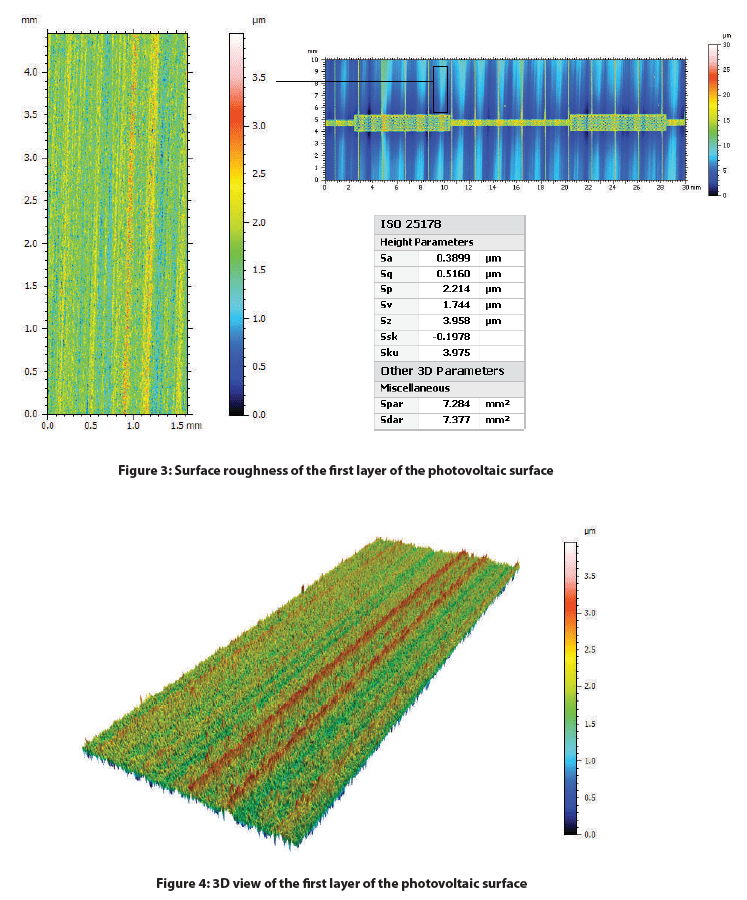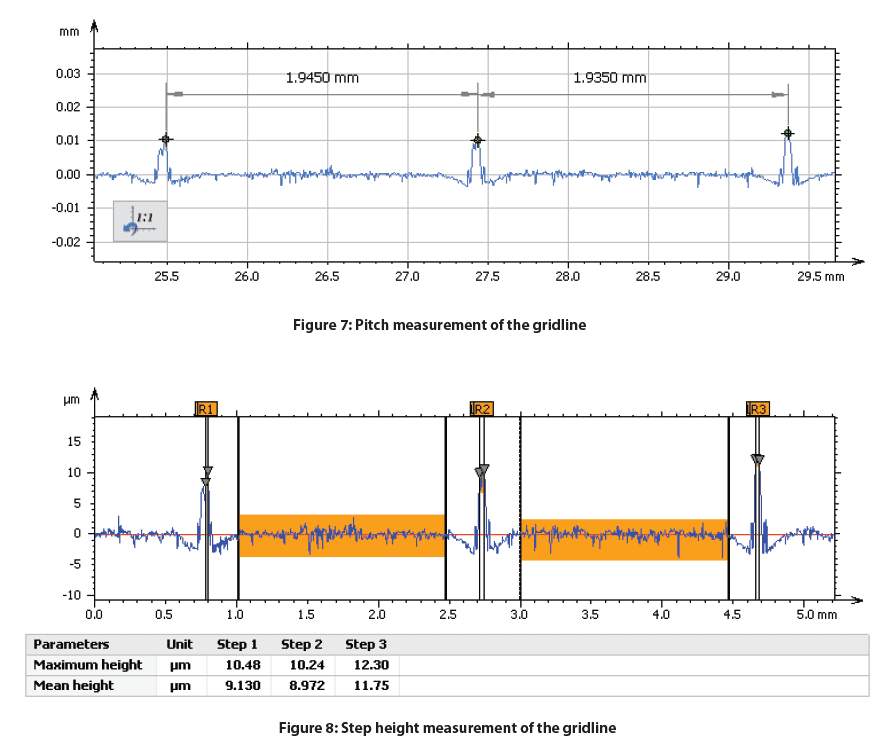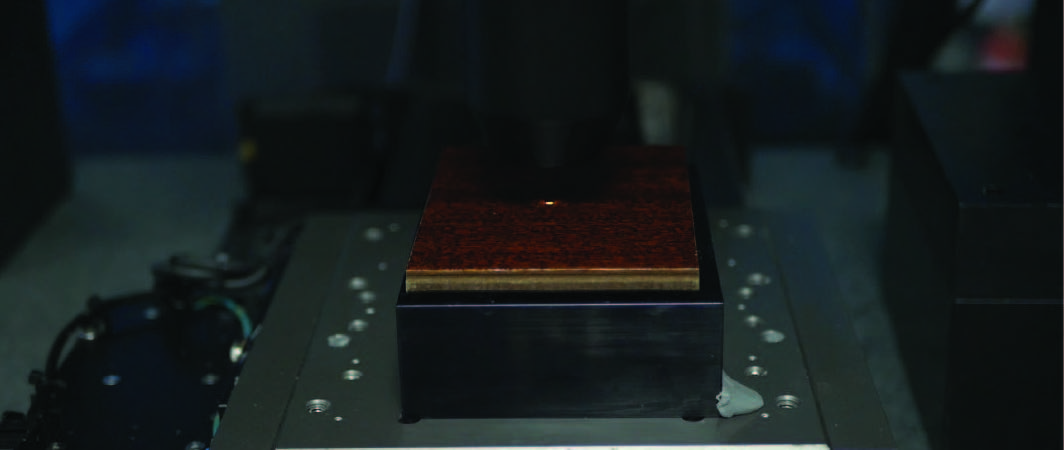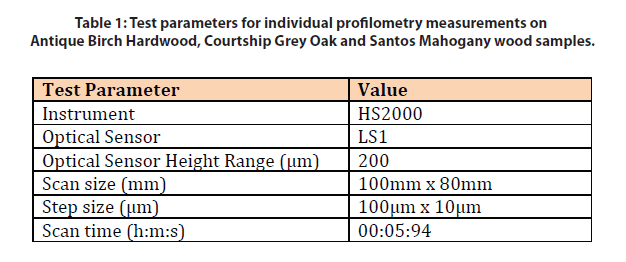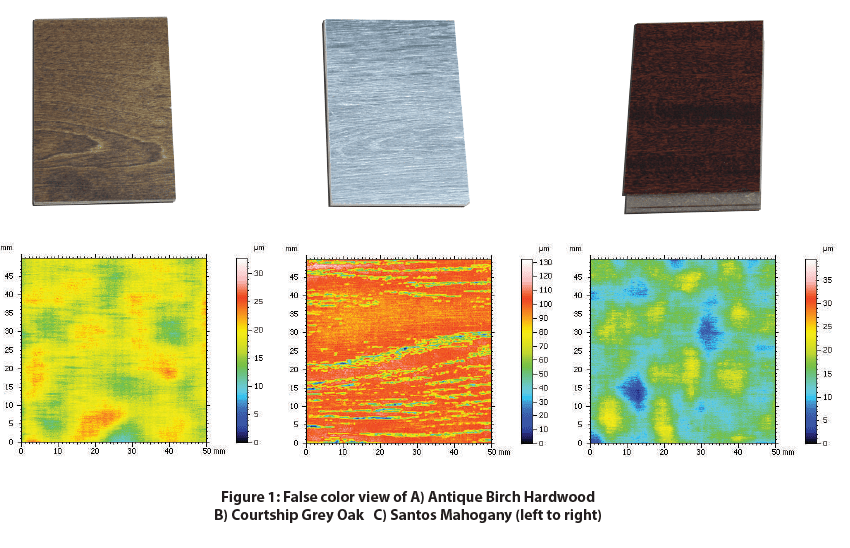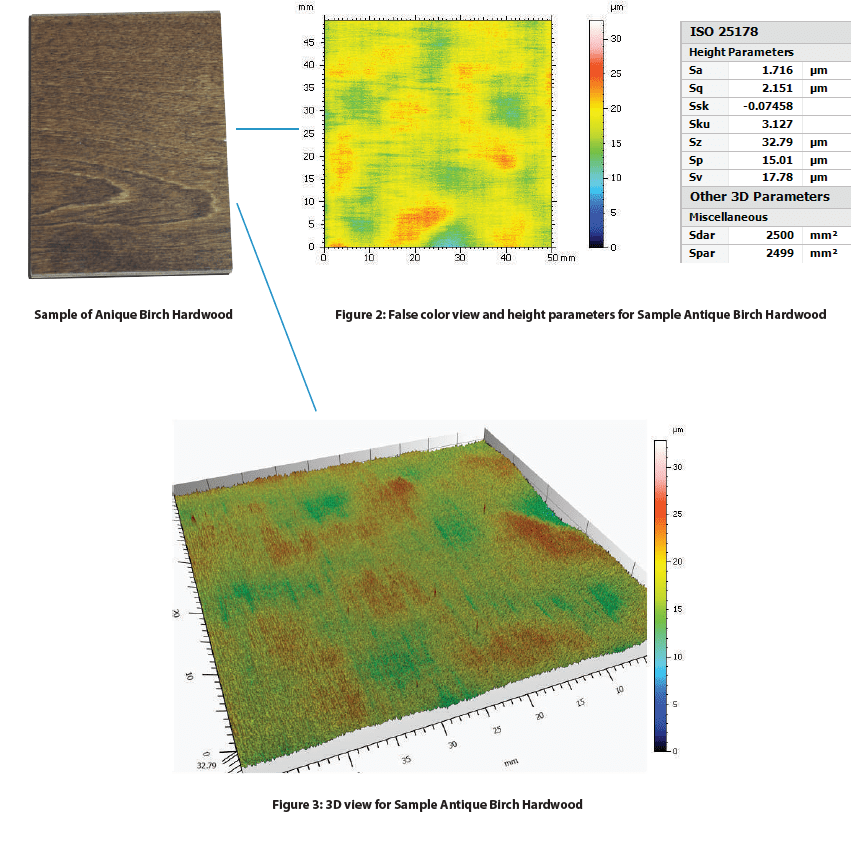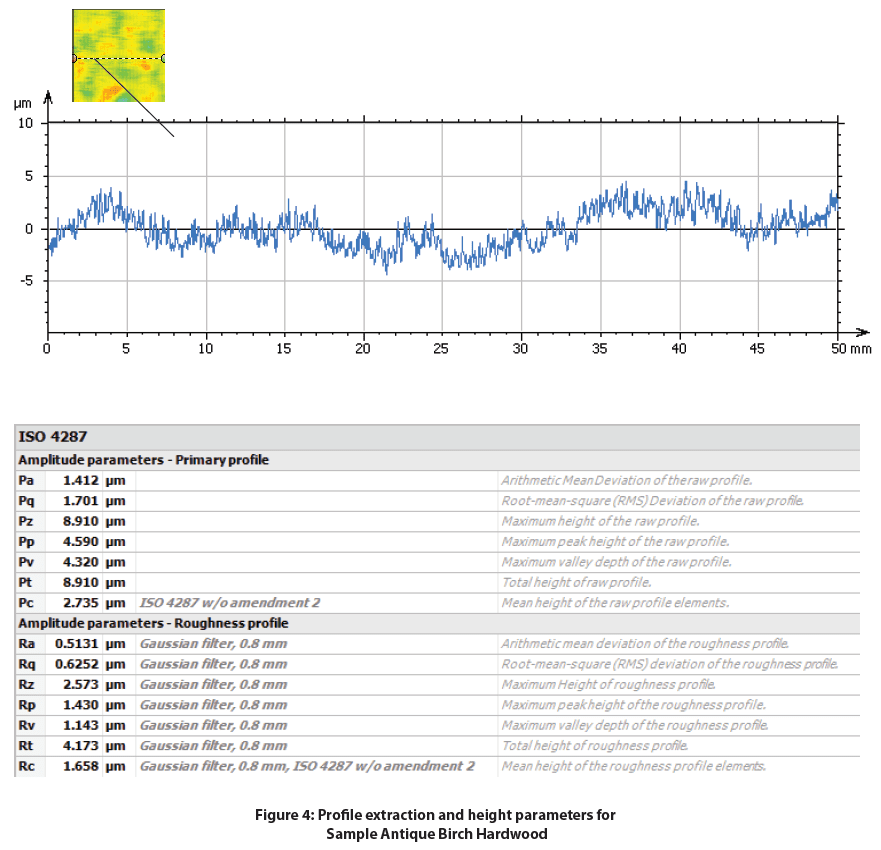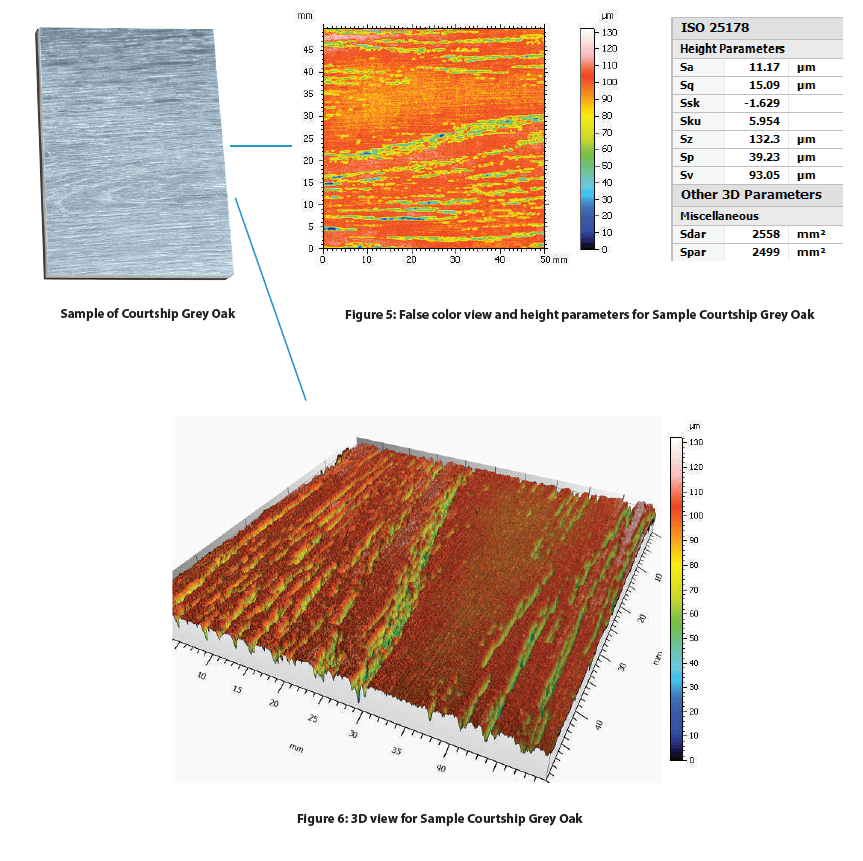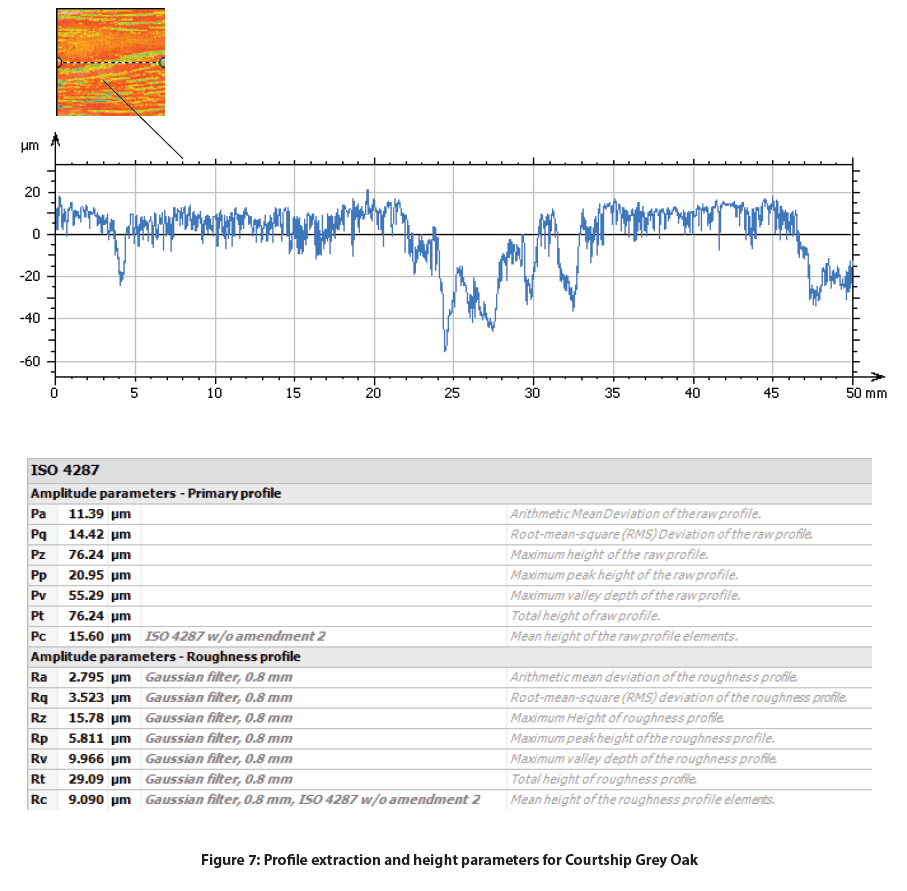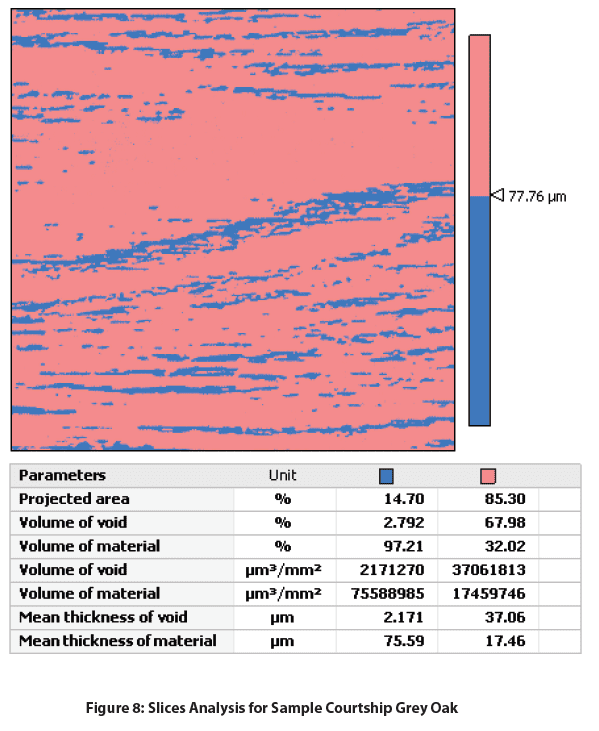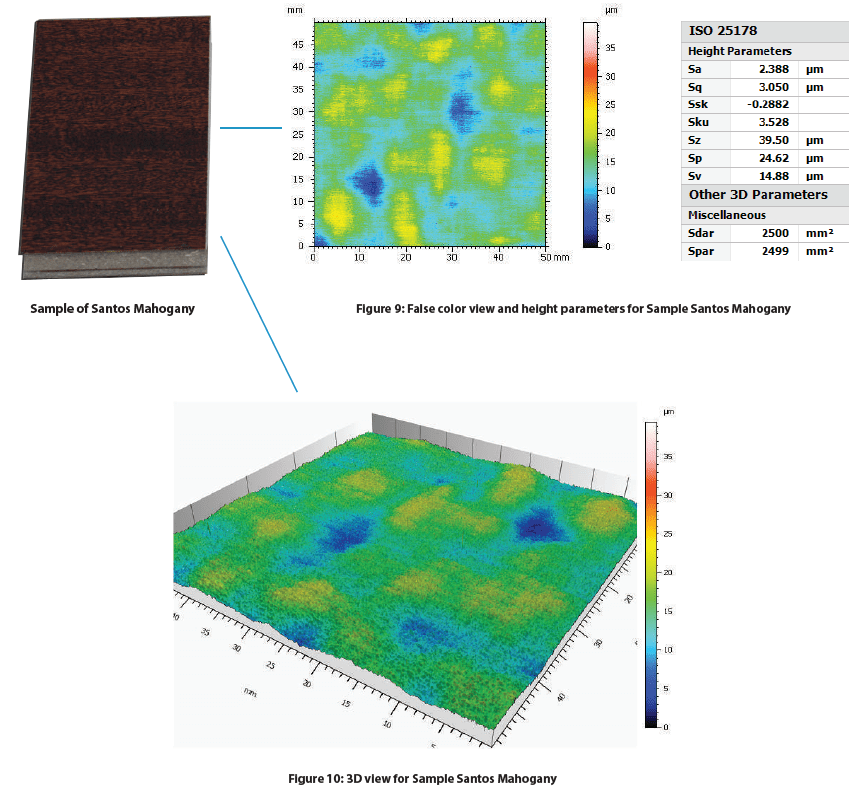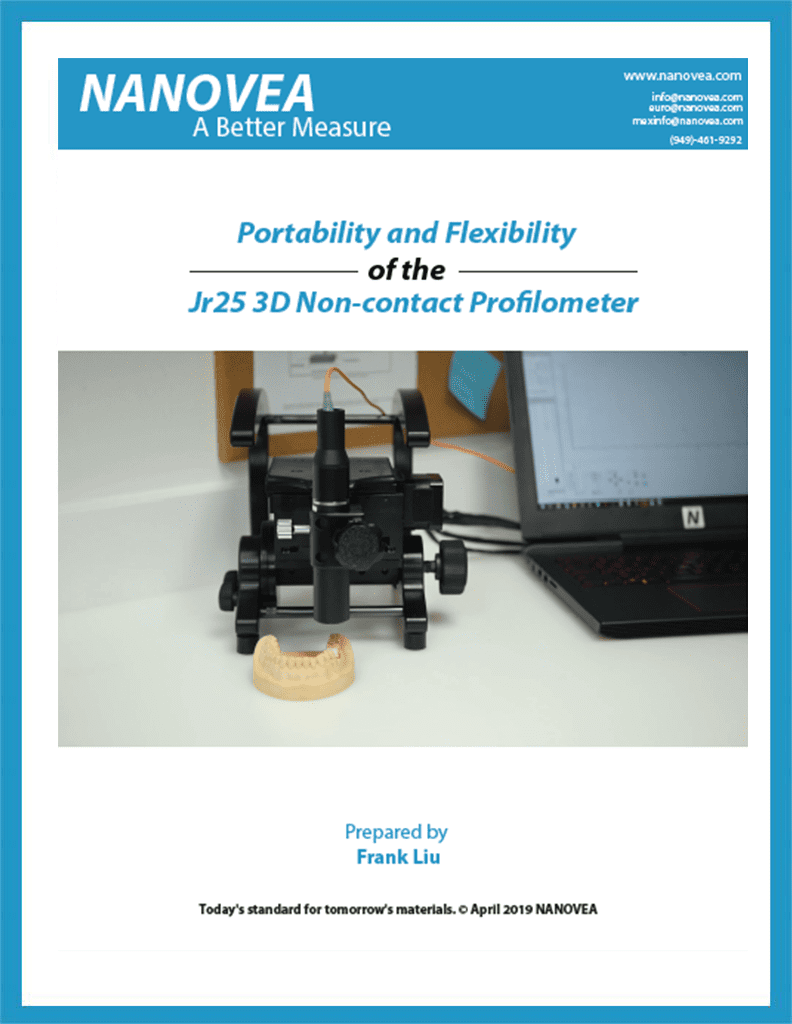Category: Profilometry | Flatness and Warpage

Surface Roughness and Features of a Solar Cell

Surface Finish Inspection of Wood Flooring
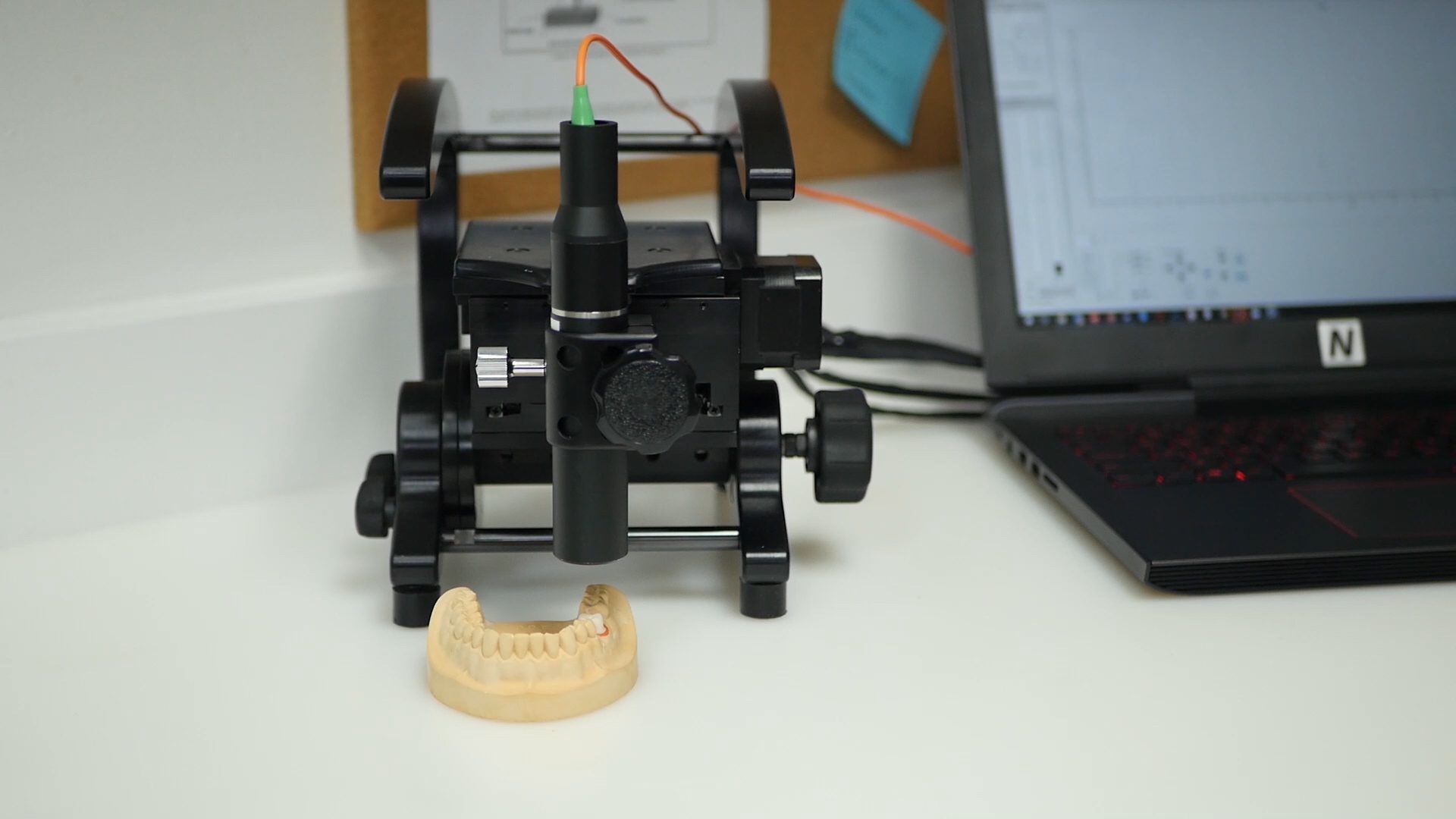
Portability and Flexibility of the Jr25 3D Non-contact Profilometer
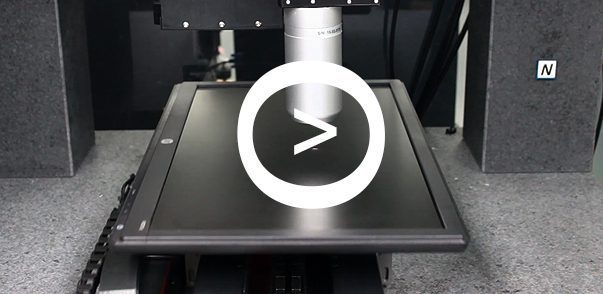
Flatness Measurement of Screen Using Fast 3D Profilometry
Flatness measurement is an important geometric surface quality in the manufacture of precision parts and assemblies. Flatness of the surface plays a vital role in the end use of the product. For example, the parts that are connected in an air-tight or liquid-tight manner across a surface area require stringent surface conditions of superior flatness at the contact face. Flatness of the screen is critical to the functionality and aesthetics of electronic devices such as cellphones, pads and laptops. Any imperfection of the screen flatness can create negative user impression and experience of the product.
See Video Clip or Read Report: Flatness Measurement of Screen Using Fast 3D Profilometry
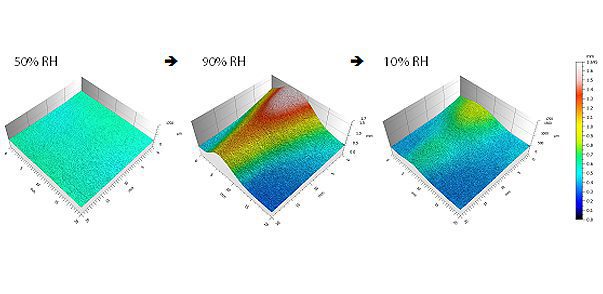
Humidity Effect On Paper Flatness
Paper flatness is critical to the proper performance of printing paper. It communicates functional characteristics and makes an impression of the paper quality. A better understanding of the effect of humidity on paper flatness, texture and consistency allows optimizing the processing and control measures to obtain the best product. Quantifiable, precise and reliable surface inspection of the paper in different humid environments is in need to simulate the use of paper in the realistic application. The Nanovea 3D Non-Contact Profilometers utilizes chromatic confocal technology with unique capability to precisely measure the paper surface. A humidity controller provides precise control of the humidity in a sealed chamber where the test sample is exposed to the moisture.
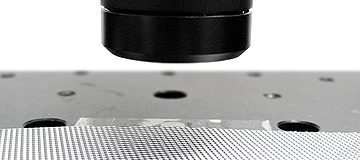
Flatness Measurement of Wafer Using 3D Profilometry
In this application the Nanovea ST400 Profilometer is used to measure the section of a wafer array. The area measured was selected at random, and assumed large enough in that it could be extrapolated to make assumptions about a much larger surface. Surface flatness measurement, planarity & other surface parameters are used to analyze the surface.

